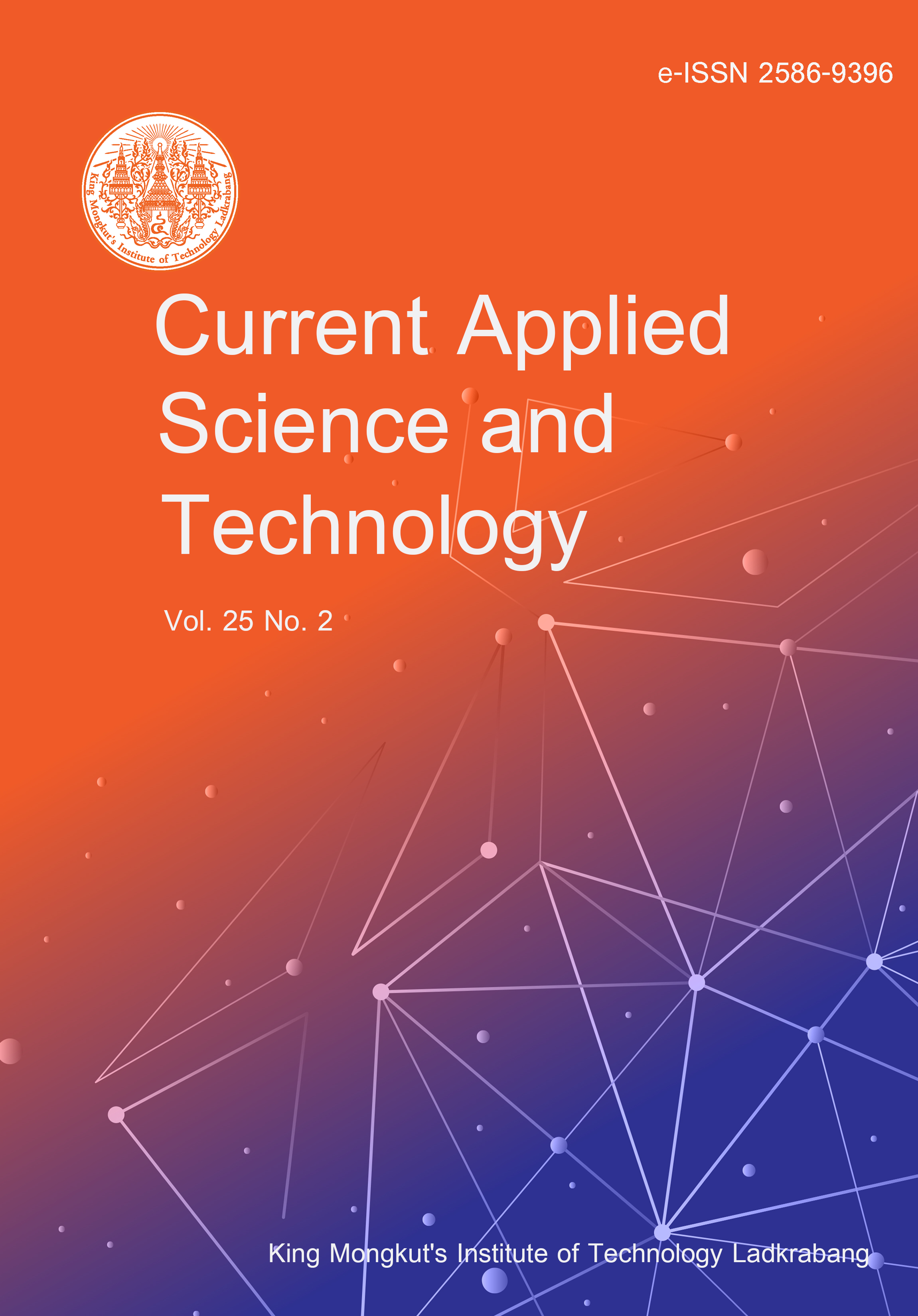The lethal toxins released by pathogenic strains of V. parahaemolyticus pose a significant challenge in the aquaculture industry. One such toxin is thermostable direct haemolysin (TDH), which is encoded in the tdh gene. TDH primarily exerts its toxicity by creating pores in hemocyte membranes and other tissues. The toxR gene, on the other hand, plays a role in regulating the expression of virulence factors, including tdh, and is found in Vibrio species. Plants are recognized for containing phytochemicals that exhibit antibacterial properties with few adverse effects. This study acquired essential phytochemicals from PubChem, and target proteins from the RCSB protein data bank. The study was focused on the effects of alkaloids and flavonoid classes of phytochemicals on the target toxins measured by in silico (Gscore and MM/GBSA bind) investigation. This research employed in silico screening using Schrodinger's Glide, 2021 software, followed by a thorough analysis of how different phytochemicals interacted with specific binding sites, utilizing the Discovery Studio 3.5 version. Through this analysis, the most effective phytochemicals were identified, and myricetin (Myr) and (+)-taxifolin (TF) with ToxR, as well as chlorogenic acid (CGA) and carboxymethyl cellulose (CMC) with TDH, were analyzed. These phytochemicals displayed promising potential as inhibitors of the toxins, as evidenced by their docking scores and affinity. Among the compounds, Myr exhibited the best G-docking score at -6.004 Kcal/mol, followed by TF at -5.262 Kcal/mol against ToxR. Whereas, CGA and CMC also demonstrated notable scores at -5.245 Kcal/mol and -4.433 Kcal/mol against TDH, respectively. The in silico analysis suggested that these phytocompounds might have strong antibacterial properties against V. parahaemolyticus by effectively neutralizing these toxins. The screening results revealed several phytochemicals with promising docking scores and significant interactions with these toxins.
Ahmed, J. ., Navabshan, I. ., & Ramalingam, K. . (2024). Computational Investigation of Phytochemicals as Putative Inhibitors of Vibrio parahaemolyticus Protein Toxins. CURRENT APPLIED SCIENCE AND TECHNOLOGY, e0261045. https://doi.org/10.55003/cast.2023.261045

